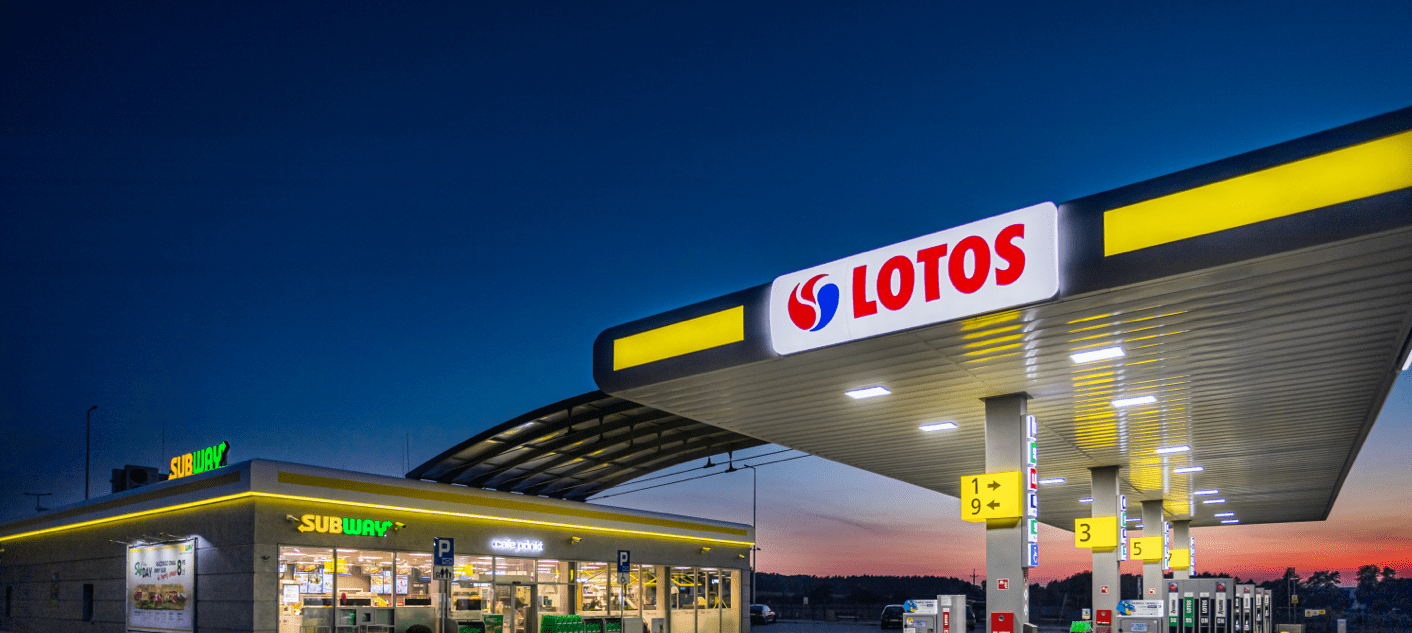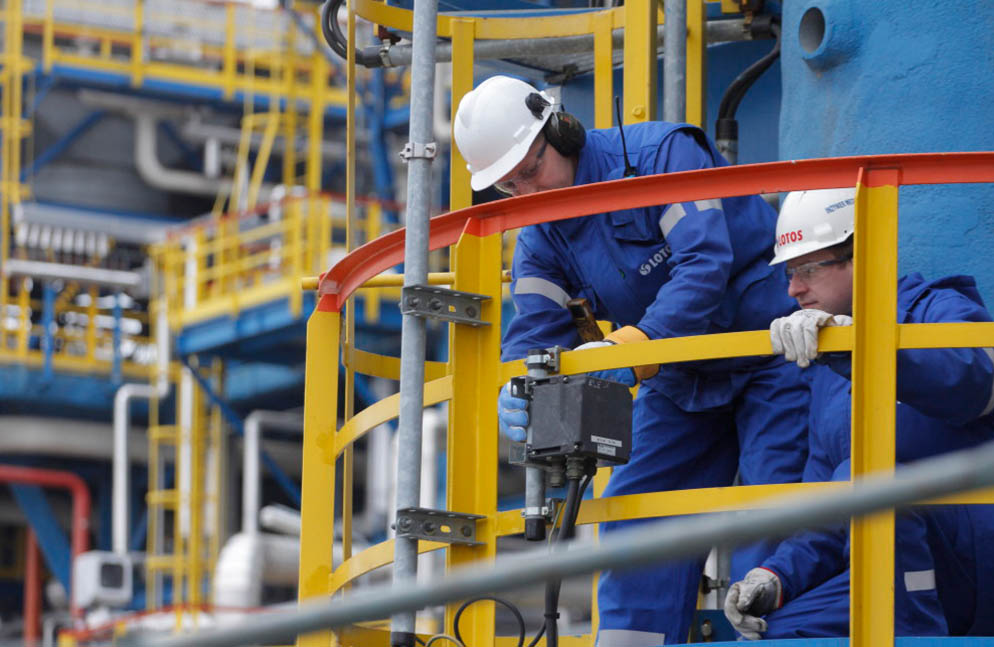In 2020, the price of natural gas fell significantly (for instance by an average of 20.1% in the case of National Balancing Point gas), driven by a number of factors, including reduced demand (economic slowdown due to the COVID-19 pandemic), high availability of natural gas from the US and Qatar (supplied in the liquefied form), stable production levels in Norway, and supplies from Algeria (gas pipelines to Italy and Spain), with declining production in the Netherlands (the Groningen field).
Throughout 2020, the market was well supplied (with high stock levels due to the pandemic and a mild winter), having experienced no supply disruptions. In Europe, the lockdown restrictions, intensifying competition from renewable energy sources and warm winter drove down both the consumption and prices of natural gas relative to 2019. However, the end of 2020 saw a seasonal increase in natural gas consumption coupled with falling temperatures in the Asia-Pacific region, which sparked an uptrend in gas prices.




